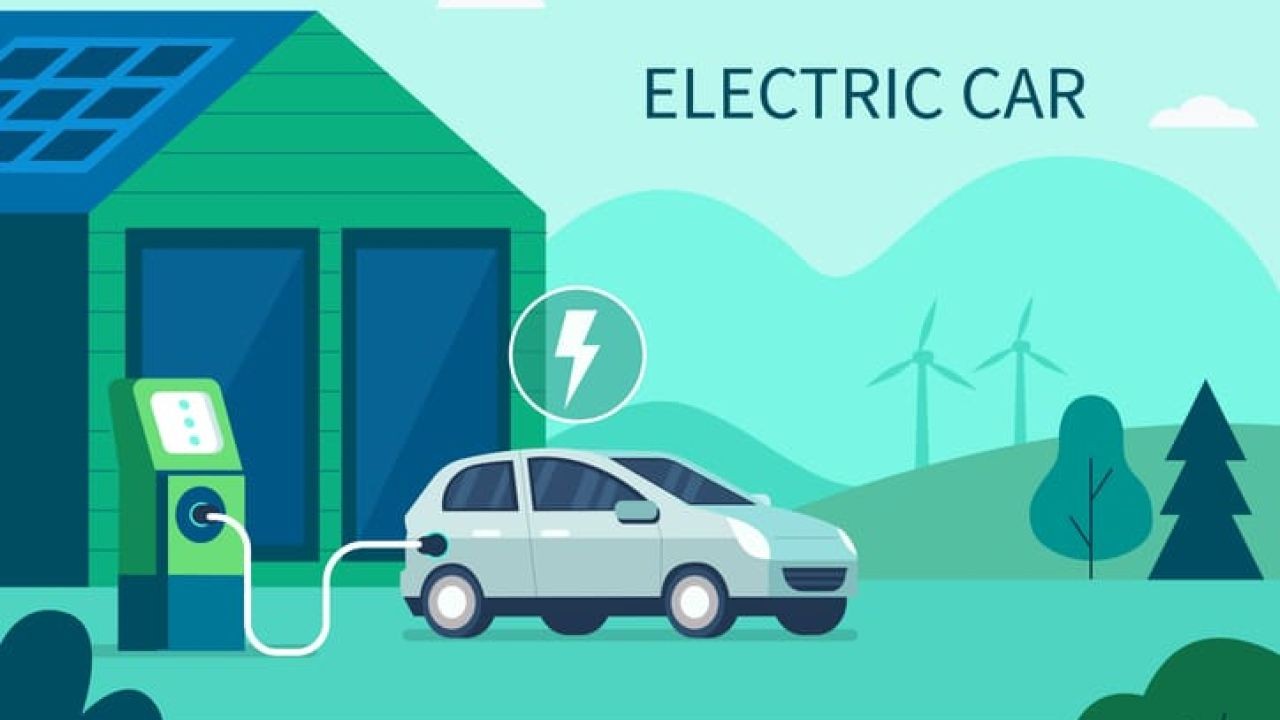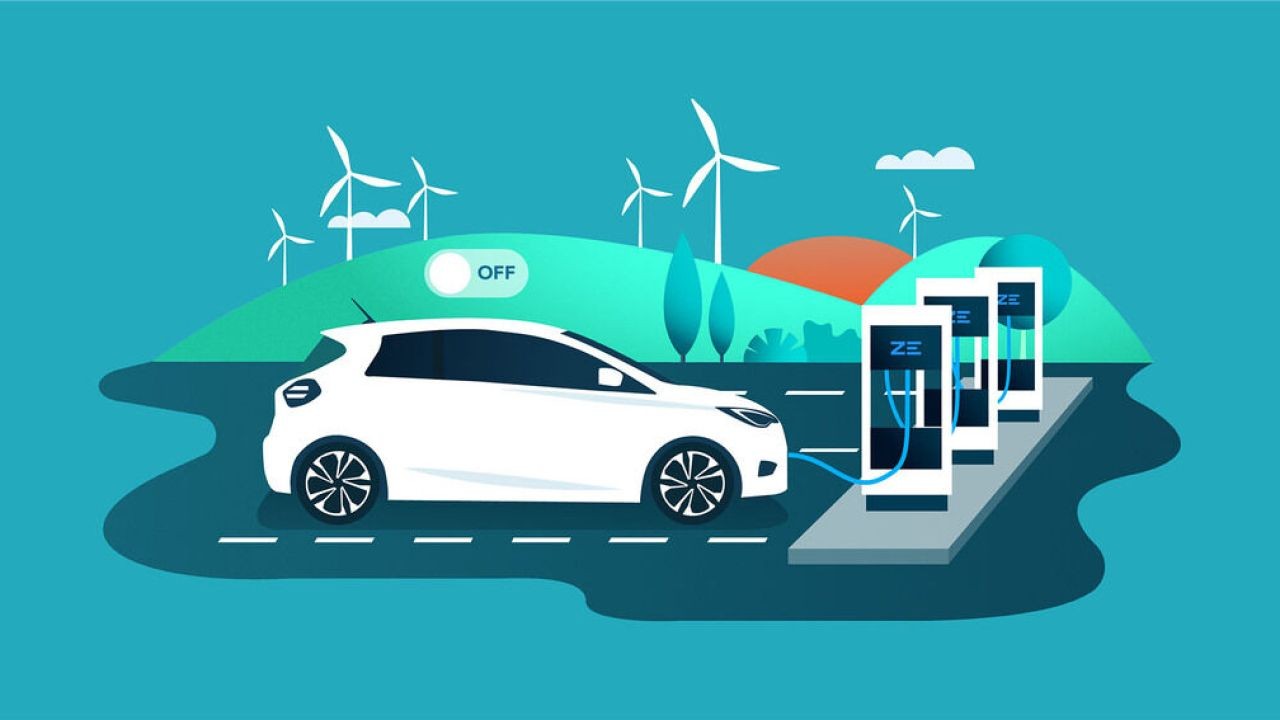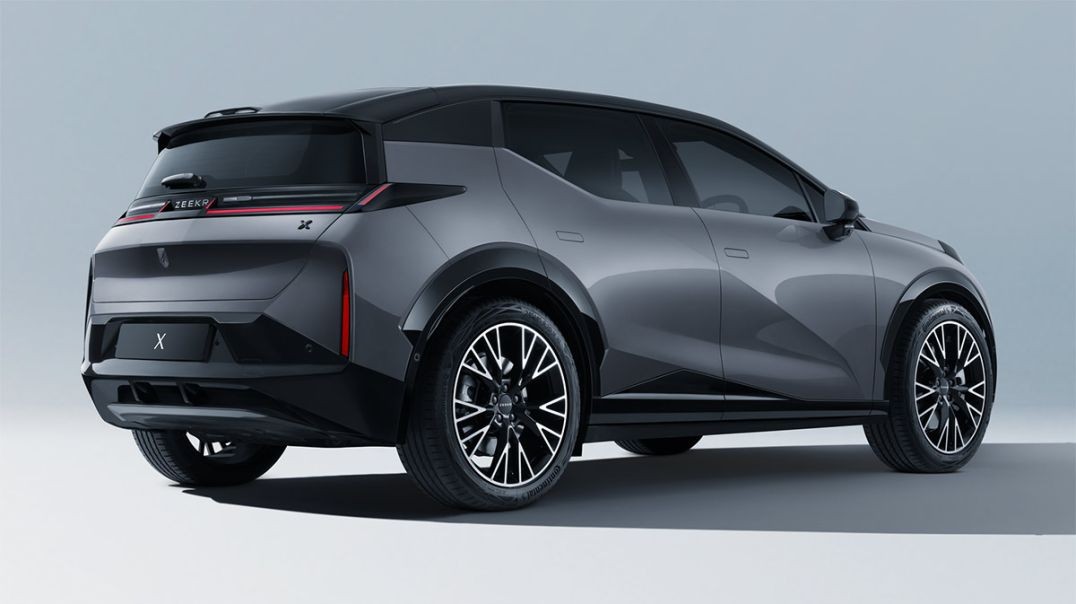Introduction
Imagine navigating the bustling streets of Sydney without the burden of owning a car. As Australia's urban landscapes evolve, the traditional allure of car ownership is being challenged by innovative car-sharing models. With the Australian Bureau of Statistics (ABS) reporting that urban populations are expected to grow by nearly 30% in the next decade, the conversation around mobility is shifting dramatically. Whether it's the rise of ride-sharing platforms like Uber or the growing presence of car-sharing services like GoGet, Australians are rethinking their transportation choices in a post-pandemic world. But what does this mean for the future of mobility in Australia?
In this in-depth analysis, we delve into the dynamics between car ownership and car sharing, exploring their economic implications and legislative frameworks. We also examine the potential environmental impact and how these shifts might redefine urban planning and infrastructure. Whether you're a tech commentator, policy maker, or urban planner, understanding this evolving landscape is crucial. What’s your take on the future of mobility in Australia? Share your insights below!
Car Ownership: A Tradition Under Siege
For decades, car ownership has been a symbol of freedom and status in Australia. However, with increasing urban congestion and environmental concerns, the economic viability of owning a car is being questioned. According to the Reserve Bank of Australia (RBA), the average cost of owning a car, including fuel, maintenance, and insurance, is rising by approximately 5% annually. This financial burden is leading many Australians to reconsider the necessity of owning a vehicle, especially in metropolitan areas where public transport and ride-sharing options are readily available.
The Economic Dimension
Car ownership is not just a personal expense; it has significant economic implications. For instance, Australia's automotive industry contributes over $35 billion annually to the economy, according to the Federal Chamber of Automotive Industries (FCAI). However, with the increasing adoption of car-sharing services, there is potential for a shift in economic contributions. Ride-sharing platforms are projected to generate $2 billion annually by 2025, indicating a shift from traditional car sales to service-based models.
Car Sharing: The Rise of a New Mobility Paradigm
Car sharing is emerging as a viable alternative to traditional car ownership, driven by technological advancements and changing consumer preferences. Services like GoGet and Flexicar are not only convenient but also economically attractive, offering flexible pricing models that cater to diverse user needs. According to a study by the University of Sydney, car-sharing services have the potential to reduce the number of vehicles on the road by up to 15%, significantly easing urban congestion and reducing emissions.
Environmental Impact
From an environmental perspective, car sharing is a game-changer. The Australian Department of Environment and Energy reports that the transportation sector accounts for 18% of the nation's greenhouse gas emissions. Car-sharing models, which emphasize shared usage over ownership, can contribute to a reduction in emissions by decreasing the number of vehicles on the road. This aligns with Australia's commitment to achieving net-zero emissions by 2050.
Case Study: GoGet – Transforming Urban Mobility
Problem:GoGet, Australia's leading car-sharing service, recognized the growing demand for flexible transportation solutions in congested urban areas like Sydney and Melbourne. With traditional car ownership proving costly and inefficient, GoGet aimed to provide a viable alternative that was both economical and sustainable.
Action:GoGet introduced a fleet of low-emission vehicles strategically located in high-density areas, allowing users to book cars via a mobile app. The service offered various membership plans catering to different usage frequencies, making it accessible to a broad demographic.
Result:Within two years, GoGet expanded its fleet by 50% and saw a 30% increase in membership subscriptions. The service reported a 25% reduction in individual car usage among its members, contributing to less traffic congestion and lower emissions in urban areas.
Takeaway:This case study underscores the potential of car-sharing services to not only address urban mobility challenges but also contribute to environmental sustainability. As Australian cities continue to grow, integrating such models could be pivotal in achieving sustainable urban development.
Regulatory Insights: Navigating the Legal Landscape
The Australian Competition & Consumer Commission (ACCC) plays a crucial role in regulating the car-sharing industry, ensuring that these services operate fairly and transparently. With the rise of digital platforms facilitating car sharing, data privacy and consumer protection have become paramount. The ACCC is actively working to develop guidelines that safeguard user data while fostering innovation in the mobility sector.
Additionally, local governments are revisiting parking and zoning laws to accommodate the growing presence of car-sharing vehicles. These regulatory frameworks are essential in supporting the sustainable growth of car-sharing services across Australia.
Comparative Analysis: Car Ownership vs. Car Sharing
Pros of Car Sharing:
- Cost-Effective: Eliminates the financial burden of vehicle maintenance and insurance.
- Environmental Benefits: Reduces carbon footprint and promotes sustainable transportation.
- Flexibility: Offers on-demand access to vehicles without the commitment of ownership.
- Reduced Congestion: Encourages fewer vehicles on the road, easing urban traffic.
Cons of Car Sharing:
- Limited Availability: Access to vehicles may be restricted during peak times.
- Dependency on Technology: Requires a reliable internet connection and app usage.
- Lack of Personalization: Vehicles may not cater to specific personal preferences or needs.
- Regulatory Challenges: Navigating local laws and regulations can be complex.
Debunking Common Myths
Myth: "Car sharing is only for city dwellers."Reality: While urban areas are primary markets, regional areas are increasingly adopting car-sharing services, facilitated by local councils and community initiatives.
Myth: "Car sharing is more expensive than owning a car."Reality: When factoring in maintenance, insurance, and depreciation, car-sharing can be more cost-effective, especially for infrequent drivers.
Myth: "Car sharing is unreliable."Reality: Advances in technology and strategic fleet management have enhanced the reliability and accessibility of car-sharing services.
Future Trends & Predictions
As Australia moves towards a more sustainable future, the car-sharing industry is poised for significant growth. The Australian Bureau of Statistics (ABS) projects that by 2030, up to 25% of urban residents may opt for car-sharing services over traditional car ownership. This trend is supported by technological advancements, including the integration of electric and autonomous vehicles into car-sharing fleets.
Moreover, the adoption of smart city initiatives across Australia will further facilitate the growth of car-sharing services. These initiatives aim to enhance urban infrastructure, making it more conducive to shared mobility solutions. The future of mobility in Australia is undoubtedly leaning towards a more collaborative and efficient model, with car sharing playing a pivotal role.
Final Takeaways & Call to Action
- Car sharing offers a viable and sustainable alternative to traditional car ownership, reducing both costs and environmental impact.
- As urban populations grow, the demand for flexible and efficient transportation solutions will continue to rise.
- Regulatory frameworks must evolve to support the sustainable growth of car-sharing services.
- Technological advancements will further enhance the accessibility and reliability of car-sharing platforms.
What’s your perspective on the future of mobility in Australia? Share your thoughts and join the conversation on how we can shape a sustainable and efficient transportation landscape. If you’re interested in staying informed about the latest mobility trends, consider subscribing to our newsletter for expert insights and updates.
People Also Ask (FAQ)
How does car sharing impact urban congestion in Australia? Car sharing reduces the number of vehicles on the roads, easing congestion and decreasing the demand for parking spaces, according to a study by the University of Sydney.
What are the biggest misconceptions about car sharing? A common myth is that car sharing is unreliable. However, technological advancements have made these services more reliable and accessible.
What are the best strategies for implementing car sharing? Experts recommend starting with strategic fleet placement, leveraging technology for user management, and collaborating with local councils to ensure regulatory compliance.
Related Search Queries
- Car sharing services in Sydney
- Future of transportation in Australia
- Car ownership trends 2025
- Environmental impact of car sharing
- GoGet car sharing review
- Urban mobility solutions in Australia
- Ride-sharing vs. car sharing
- Australia's transportation policies 2030
- Sustainable transportation in Australia
- Car sharing economic benefits






























